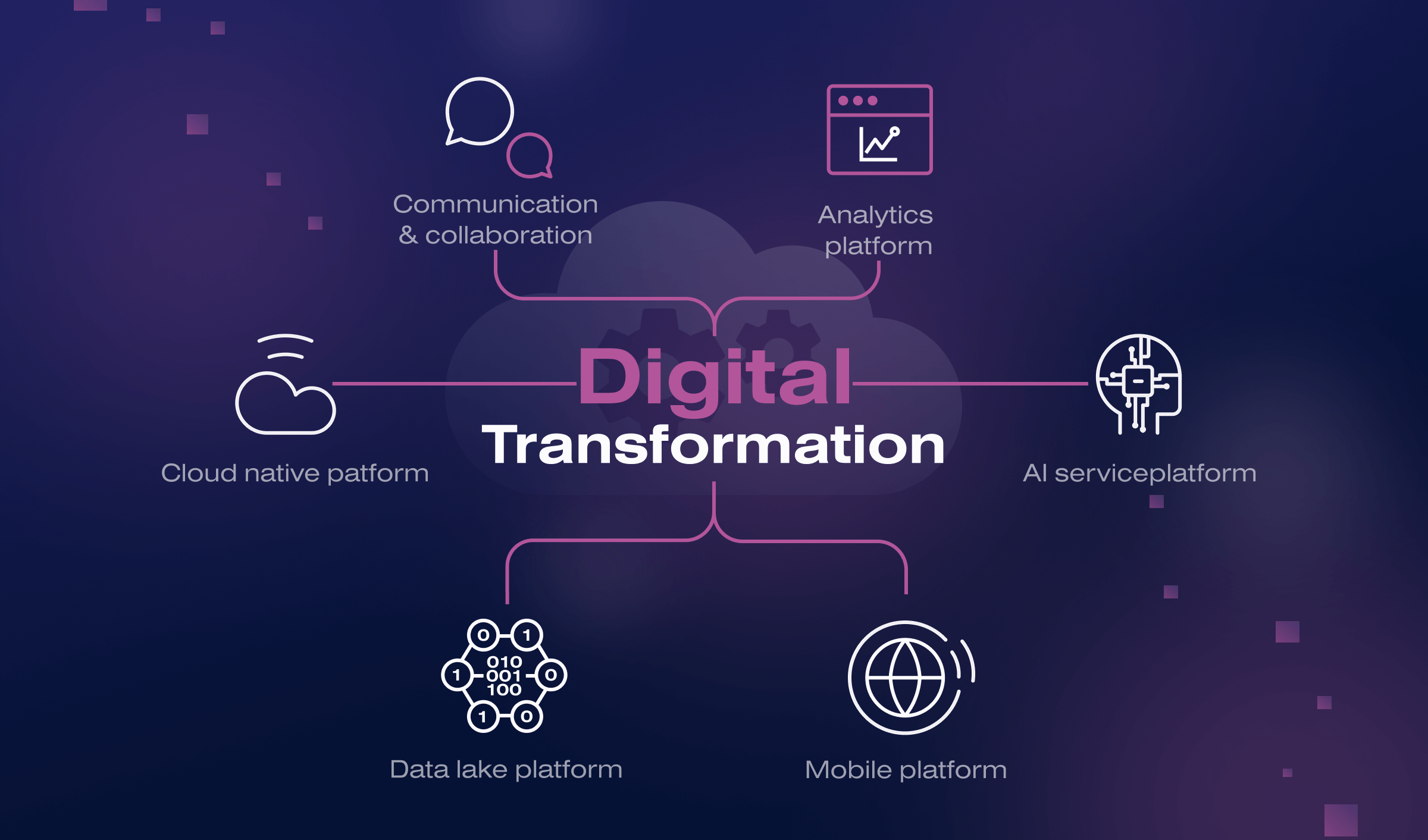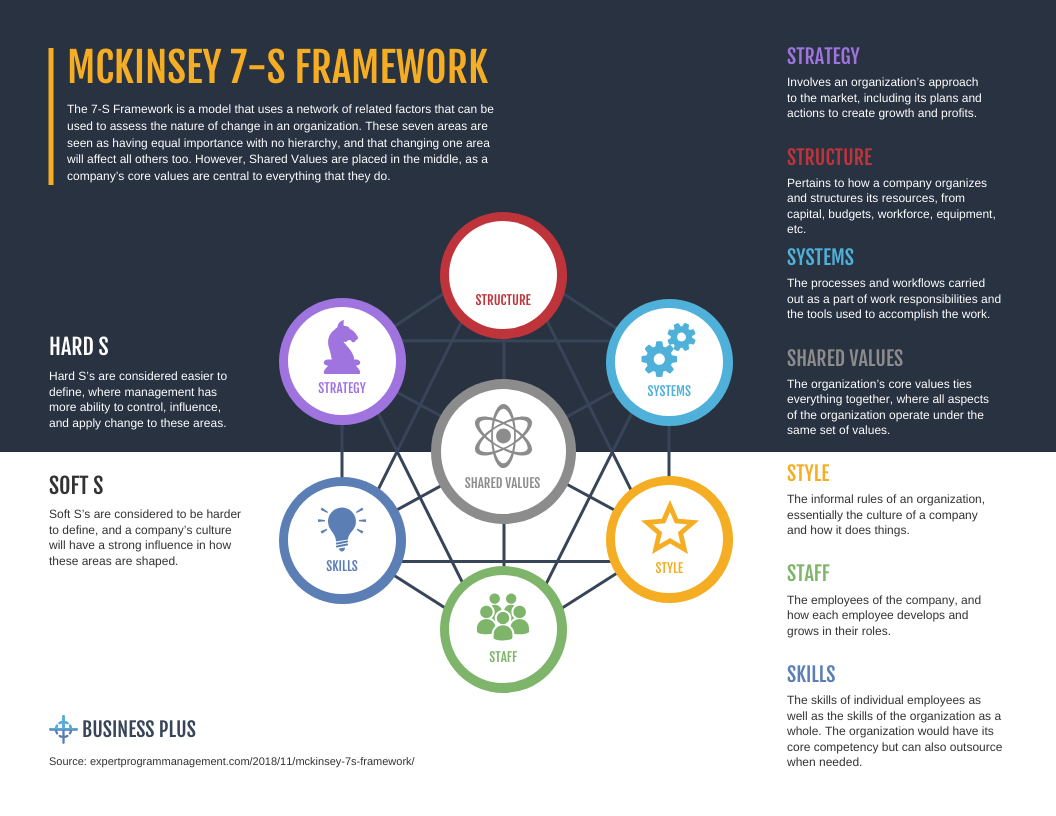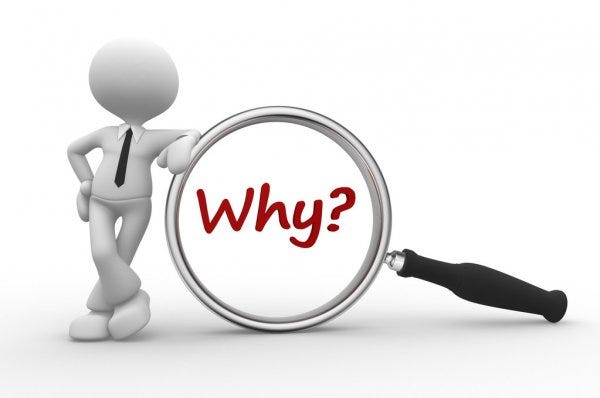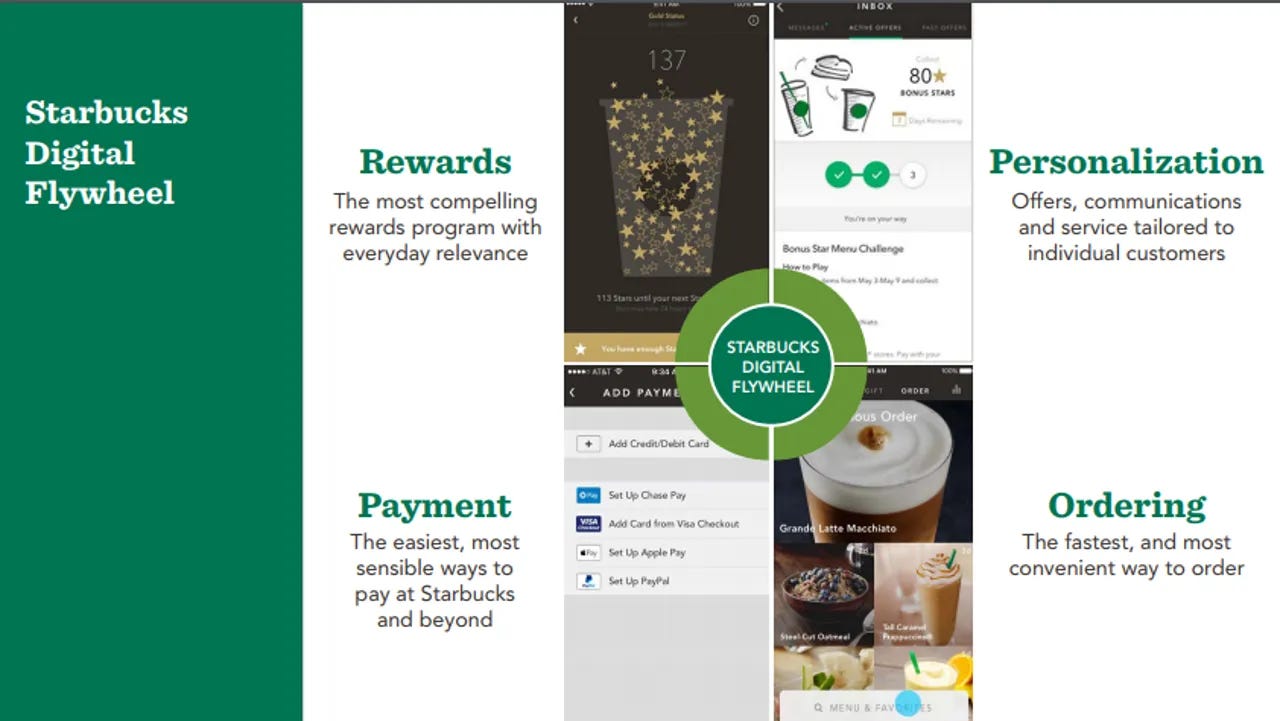Leveraging McKinsey’s 7S Framework for Digital Transformation: A Practical Guide with Real-World Implementation
 Putta Lakshmi
Putta Lakshmi
Introduction
In today’s rapidly evolving digital landscape, organizations are compelled to rethink their traditional business models and embrace digital transformation to stay competitive. Digital transformation is not just about adopting new technologies; it’s about fundamentally changing how businesses operate and deliver value to customers. However, navigating this complex journey requires a structured approach that considers various organizational elements. This is where McKinsey’s 7S Framework comes into play.
McKinsey’s 7S Framework offers a holistic approach to organizational change by examining seven key elements that need to be aligned for success. In this blog, we’ll delve into the background of the framework, explore its components, discuss why it’s crucial for digital transformation, and provide a practical example of its implementation in a real-world company. By the end, you’ll have a roadmap to apply this framework to address the unique challenges within your organization.
Background of McKinsey’s 7S Framework

Developed in the late 1970s by consultants at McKinsey & Company, including Tom Peters and Robert Waterman, the 7S Framework was designed to analyze organizational effectiveness. The framework emerged from the realization that organizational success depends on the interaction of multiple factors, not just structure and strategy.
Originally, the 7S Framework was used to help organizations align their internal elements to improve performance. Over time, it has become a valuable tool for managing change, diagnosing issues, and guiding strategic planning. Its emphasis on alignment makes it particularly useful in complex transformations, such as those required in the digital age.
Understanding McKinsey’s 7S Framework
The McKinsey 7S Framework comprises seven interdependent elements categorized into ‘Hard’ and ‘Soft’ components:

Hard Elements
Strategy: The plan devised to maintain and build competitive advantage over competitors.
Structure: The organization’s hierarchy, communication channels, and workflow.
Systems: The daily activities and procedures that staff use to get the job done.
Soft Elements
Shared Values: Core beliefs and attitudes that influence behaviors and decision-making.
Skills: The organization’s competencies and capabilities.
Style: The leadership approach and organizational culture.
Staff: The people, their backgrounds, and competencies.
The framework posits that for an organization to perform well, these seven elements need to be aligned and mutually reinforcing. Change in one area often affects the others, necessitating a comprehensive approach to organizational change.
Why McKinsey’s 7S Framework is Essential for Digital Transformation

Digital transformation requires more than just implementing new technologies; it demands a fundamental shift in how an organization operates. This transformation affects all areas of a business, including strategy, processes, organizational structure, and culture.
Here’s why the 7S Framework is particularly suited for guiding digital transformation:
Holistic View: It ensures that all critical components of the organization are considered, minimizing the risk of overlooking essential factors.
Alignment Focus: The framework emphasizes the importance of alignment between various elements, which is crucial when integrating new digital initiatives.
Change Management: It provides a structured approach to manage the complexities of change, addressing both technical and human aspects.
By applying the 7S Framework, organizations can systematically identify gaps, understand interdependencies, and develop strategies that ensure a smooth and effective digital transformation.
Applying McKinsey’s 7S Framework in the Real World
Let’s explore how each element of the 7S Framework can be applied to drive digital transformation within an organization.

1. Strategy
Define a Clear Digital Vision
Assessment: Evaluate how digital technologies can create new opportunities and disrupt existing markets.
Action: Develop a digital strategy that aligns with the organization’s overall goals, focusing on customer experience, operational efficiencies, and innovative business models.
2. Structure
Align Organizational Structure with Digital Goals
Assessment: Analyze whether the current organizational structure supports agility and cross-functional collaboration.
Action: Restructure teams to break down silos, possibly creating digital units or centers of excellence that foster innovation and rapid decision-making.
3. Systems
Upgrade Processes and Technologies
Assessment: Identify legacy systems and processes that hinder digital adoption.
Action: Implement new technologies like cloud computing, AI, and data analytics. Redesign processes for automation and efficiency.
4. Shared Values
Cultivate a Digital Culture
Assessment: Understand the existing cultural attitudes towards change and technology.
Action: Promote values that encourage experimentation, learning, and customer-centric thinking. Communicate the importance of digital transformation to all stakeholders.
5. Skills
Develop Digital Competencies
Assessment: Assess the current skill sets within the organization and identify gaps.
Action: Invest in training and development programs. Hire new talent with digital expertise where necessary.
6. Style
Leadership Commitment to Digital Change
Assessment: Examine leadership styles and their openness to innovation.
Action: Leaders should model digital behaviors, support initiatives, and empower employees to contribute to the transformation.
7. Staff
Engage and Empower Employees
Assessment: Understand employee readiness and resistance to change.
Action: Involve staff in the transformation process, provide clear communication, and recognize contributions to foster engagement.
Real-World Implementation: Starbucks’ Digital Transformation
To illustrate how McKinsey’s 7S Framework can guide digital transformation, let’s examine Starbucks, a company that successfully leveraged digital technologies to enhance customer experience and operational efficiency.

Strategy
Digital Personalization and Customer Engagement
Starbucks recognized the potential of digital technologies to deepen customer relationships. Their strategy focused on integrating digital channels to provide personalized experiences and streamline services.
Structure
Creating a Digital Ecosystem
Starbucks restructured to prioritize digital initiatives, establishing a dedicated Digital Ventures team. This team collaborated across departments to align digital projects with business objectives.
Systems
Implementing Advanced Technologies
They upgraded their systems by:
Launching the Starbucks Mobile App for mobile ordering and payment.
Utilizing data analytics to personalize offers and recommendations.
Introducing the Starbucks Rewards loyalty program integrated with the app.
Shared Values
Customer-Centric Innovation
Starbucks fostered a culture that valued innovation and customer satisfaction. They encouraged ideas that enhanced the customer experience through technology.
Skills
Investing in Employee Training
Baristas were trained to use new digital tools to improve service efficiency. Additionally, Starbucks hired data scientists and digital experts to bolster their technological capabilities.
Style
Leadership Driving Digital Initiatives
Former CEO Howard Schultz championed digital transformation, emphasizing its importance in shareholder meetings and communications. Leadership involvement signaled commitment and encouraged organizational alignment.
Staff
Empowering Partners (Employees)
Starbucks refers to its employees as ‘partners,’ highlighting inclusivity. They involved staff in the digital transformation journey, gathering feedback to refine digital tools and processes.
Impact of the 7S Framework on Starbucks
By aligning all seven elements, Starbucks achieved significant milestones:
Increased Customer Engagement: The mobile app and loyalty program led to higher customer retention and satisfaction.
Operational Efficiency: Mobile ordering reduced wait times and improved service speed.
Revenue Growth: Enhanced customer experiences contributed to increased sales and profitability.
Starbucks’ success demonstrates how a comprehensive approach, considering every aspect of the organization, can lead to effective digital transformation.
Conclusion
Digital transformation is a multifaceted challenge that extends beyond technology implementation. McKinsey’s 7S Framework offers a robust model to address this challenge by ensuring all organizational elements are aligned and supportive of the transformation goals.
By examining Strategy, Structure, Systems, Shared Values, Skills, Style, and Staff, organizations can identify areas of misalignment, address gaps, and create a cohesive plan for change. The real-world example of Starbucks illustrates how applying this framework can lead to successful outcomes.
As you consider embarking on or advancing your organization’s digital transformation journey, leveraging the McKinsey 7S Framework can provide a practical roadmap. It encourages you to take a holistic view, ensuring that each part of your organization works in harmony towards common digital goals.
Next Steps for Your Organization
Assess Your Current State: Use the 7S Framework to evaluate where your organization stands in each element.
Identify Gaps and Misalignments: Determine which areas need attention to support your digital transformation.
Develop an Action Plan: Create strategies for each ‘S’ to address the identified gaps.
Engage Stakeholders: Involve leadership and staff to foster a culture that embraces digital change.
Monitor and Adjust: Continuously review the alignment of the seven elements as you implement changes.
By methodically applying the McKinsey 7S Framework, you can navigate the complexities of digital transformation and position your organization for sustained success in the digital era.
Subscribe to my newsletter
Read articles from Putta Lakshmi directly inside your inbox. Subscribe to the newsletter, and don't miss out.
Written by
